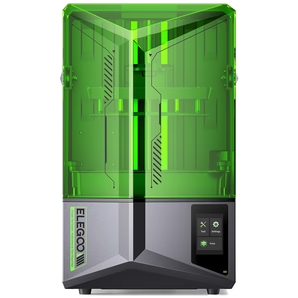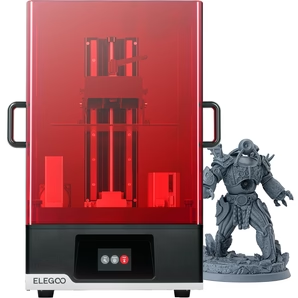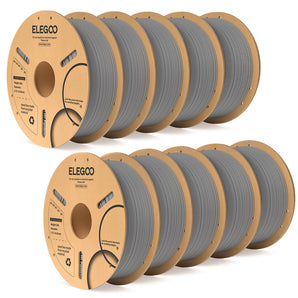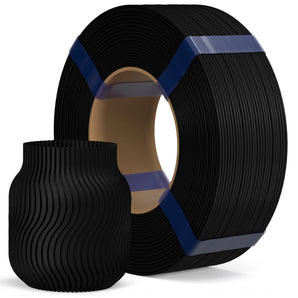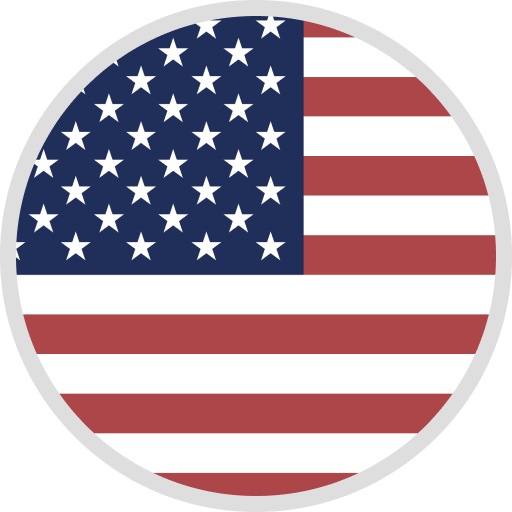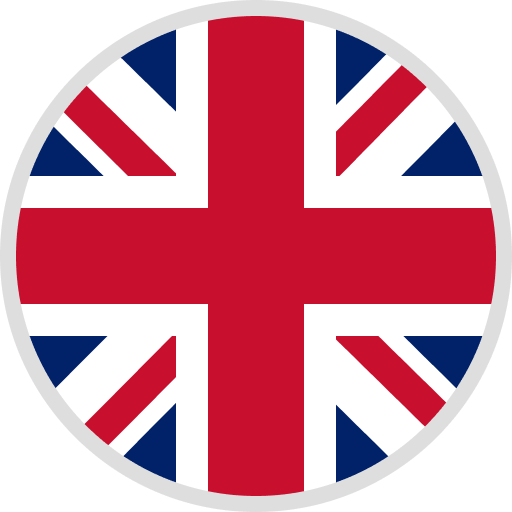There are a literally thousands of 3D Printing Projects to choose from, and this is one is particularly niche in the world of 3D printing: diorama creation. This blog post will help you transform your digital 3D models into intricate, tangible miniatures using the power of a 3D resin printer. Whether you're an artist, a hobbyist, or a professional modeler, you'll find our guide invaluable.
So, why is this worth reading?
We'll be walking you through the whole process, from finding and downloading the right 3D print files, and selecting the ideal printer and scale, to finishing your masterpiece with the right paint and display techniques. Let's dive right in!
1. Finding the Right 3D Print Files: What's Your Diorama Inspiration?
When it comes to creating a 3D-printed diorama, it all starts with a concept and the right 3D models. These are usually saved as STL files and can be found online. If you don't know how to create your own, don't worry! There are plenty of online communities and shops offering a wide selection of ready-made STL files designed for diorama printing. Simply search for the desired scene or object, choose your favorite, and download the file.
2. Selecting the Ideal 3D Printer: Which One Suits Your Needs?
Not all 3D printers are created equal. When you're printing a diorama, precision, and detail are key. You'll want to look for a printer that offers high resolution to capture the finest details. FDM and SLA are two popular types of printers. FDM printers are known for their ability to print large objects, while SLA printers shine when it comes to producing detailed, small-scale models.
3. Choosing the Correct Scale: How Big Should Your Diorama Be?
The scale of your diorama will largely depend on what you want to use it for. If it's meant to be a display piece, a larger scale might work best. However, if it's intended to serve as a terrain for miniature figurines, you'll need to select a suitable scale. Common scales range from 1:10 for larger displays to 1:100 or even smaller for tabletop games.
4. Printing Your Diorama: How Does It Work?
Once you have your STL files and have chosen the right printer and scale, it's time to print. The 3D printing process involves layering the chosen filament material—be it plastic, resin, or even metal—based on the 3D models. It’s like stacking thin slices of the object, layer by layer until the whole piece is completed. Depending on the size and detail of your diorama, this could take a few hours to a couple of days.
5. Assembling Your Diorama: How Do You Put It All Together?
After printing, you'll need to assemble your diorama. This could be as simple as fitting large pieces together, or as complex as attaching dozens of tiny components. Either way, patience is key during this process. It's often helpful to dry-fit pieces together before applying any adhesive to ensure a good fit.
6. Painting Your Diorama: What Colors Should You Use?
Adding color is where your diorama really starts to come alive. The choice of paint will depend on your material—acrylic paints often work well on plastic and resin models. The colors you choose should reflect the scene you're trying to depict. Whether it's the blue of the sky, the green of the trees, or the gray of a stone wall, each color will contribute to the overall atmosphere of your diorama.
7. Displaying Your Diorama: Where's the Perfect Spot?
You've put in the time and effort to create a detailed diorama, so be sure to display it somewhere prominent. Consider the lighting, space, and surroundings when choosing a display spot. If your diorama is part of a larger collection, ensure it complements the other pieces.
8. Participating in the 3D Printing Community: Where Can You Share Your Work?
Sharing your finished diorama can be as satisfying as the process of creating it. Online communities of 3D printing enthusiasts offer an avenue to showcase your work, exchange tips with other creators, and even sell your dioramas. Participating in these communities can help you learn, improve, and feel a sense of belonging.
9. The Future of 3D-Printed Dioramas: What's Next?
As 3D printing technology advances so does the potential for 3D-printed dioramas. Future developments might include new materials, faster printing times, and even greater detail. In the hands of creative individuals, these advancements could lead to even more amazing dioramas.
10. Final Thoughts on 3D-Printed Dioramas
Creating a 3D-printed diorama is a journey, combining technology, art, patience, and creativity. Whether you're a professional modeler or just a hobbyist, there's a unique satisfaction in seeing your idea come to life in three dimensions.
Important Takeaways:
- Your diorama starts with the right 3D models—these can be found online or created by you.
- Choosing the right 3D printer and scale is crucial to the success of your diorama.
- The 3D printing process involves building your diorama layer by layer, and it requires patience.
- Assembly and painting are where your diorama comes to life—take your time to ensure the best result.
- Display your finished diorama proudly, and consider sharing your work with the 3D printing community.
- The future of 3D-printed dioramas is promising—with advancements in technology, the possibilities are endless.
Additional Novel 3D Prining Ideas
With 3D printing, a surge in creativity has led to the development of outstanding board game projects, elevating the tabletop gaming scene (for example). Diorama projects now capture scenes with unprecedented detail, and cosplay zealots are witnessing a golden age of unique costume enhancements. In parallel, the jewelry sector marvels at the intricate designs now possible.
This technology has also been a boon for those keen on DIY home projects, offering bespoke solutions from garden tools to home decor. The innovation extends to the best toy projects, balancing entertainment with learning. dentistry benefits immensely, with patient-specific tools and equipment. As 3D printing evolves, it brings forth inclusive braille materials, and athletes enjoy the luxury of bespoke sports equipment.


































